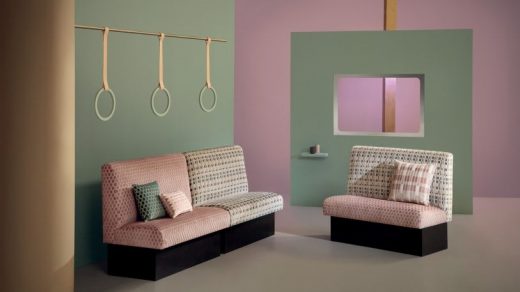The London Underground’s beloved textiles are being rereleased for anyone to buy
The London Underground, also known as “the Tube,” has shuttled passengers between Buckinghamshire, Essex, Hertfordshire, and England’s capital for more than 100 years. The subterranean train got its start in 1863 as the Metropolitan Railway—the world’s first underground passenger-carrying transit line—but exists today as a network of 11 lines, servicing 5 million passengers daily.
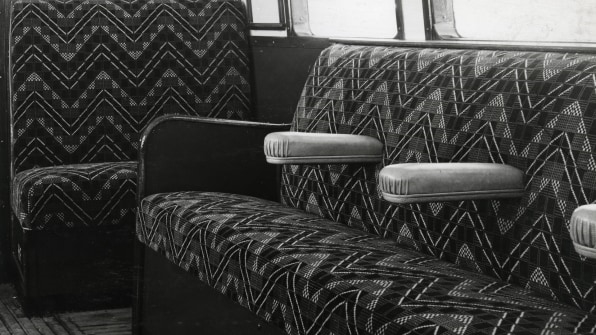
[Photo: courtesy Kirkby Design]
While the Tube is known for its rich transit history and now-iconic safety warning to “Mind the gap,” it has long been celebrated for its design and branding too. The train network’s logo is a bold bar-and-circle roundel made of red and blue enamel—a mark that’s become ubiquitous outside of London too. But this iconic symbol only makes up part of the transit system’s brand identity. Each individual train car sports a moquette (or patterned, woolen fabric) designed to decorate the seats, featuring unique designs that have evolved over nearly 100 years. These moquette patterns are widely loved as relics of the Tube’s history—you can even buy pillows and bags made out of the old carpets at the London Transport Museum.
Over the past few years, the London-based textile studio Kirkby Design has worked with archivists to turn the old patterns into new textiles that can be purchased and used by designers. Their latest collection debuted at this year’s London Design Festival, exhibited in a 52-year-old train car, of course.
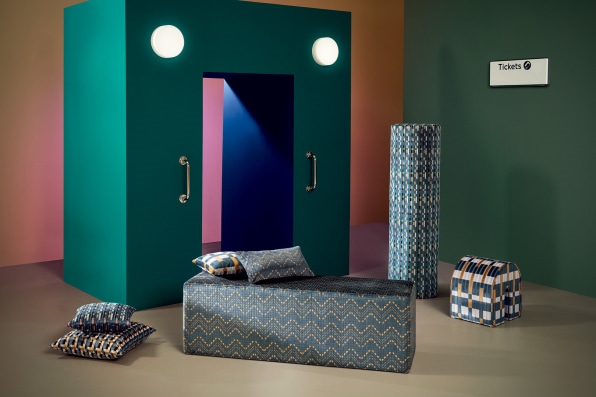
[Photo: courtesy Kirkby Design]
Kirkby Design’s first iteration of the project, a collaboration with Transport for London, launched in 2013, featuring textiles like “Piccadilly Neon Orange,” a moquette that debuted in 1997, and “Marylebone Lime,” a chic pattern from the 1930s originally used on buses. “The original patterns were sourced from the London Transport Museum archive,” Jordan Mould, brand director of Kirkby Design, says via email. “We were looking for designs that we found both interesting and that matched Kirkby’s modern geometric aesthetic. The moquette designs we chose I think have a multi-faceted, multi-colored geometric nature to them which is very Kirkby.” The collection of upholstery velvets inspired by vintage moquette patterns proved to be an exciting approach to reissuing vintage designs for modern audiences.
This fall, the studio debuted its new collection of vintage train moquettes. The biggest difference between the first collection and this year’s? The color palette, which was adapted to match today’s trends. There’s a subtle pattern called “Bakerloo Blossom,” which was used across trains in the 1960s, and a geometric pattern called “Central Burnt Orange” that’s based on the 1930s designs of Enid Marx, the legendary midcentury textile designer. According to Mould, his team focused on more “fashion-led color combinations and on-trend pastels.”
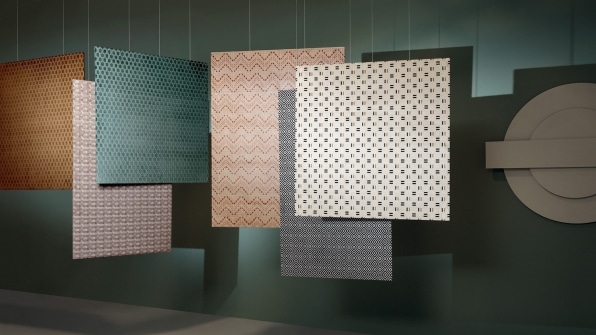
[Photo: courtesy Kirkby Design]
Mould and his team drew inspiration from classic moquette patterns of yesteryear but adapted these upholstery designs into luxury velvet fabrics, suitable for interior decor use. “We chose velvet as it was the most similar quality to the original wool moquette. Moqettes are very tough and resilient fabrics and too coarse for interiors. Velvet is a more tactile alternative which achieves a similar aesthetic. Moquette with added lux appeal,” Mould explains. “One of the challenges in working with these archive moquette designs, was that in some cases it was not technically possible to exactly reproduce the design on a velvet loom, so we had to adapt the design whilst keeping its original nature.”
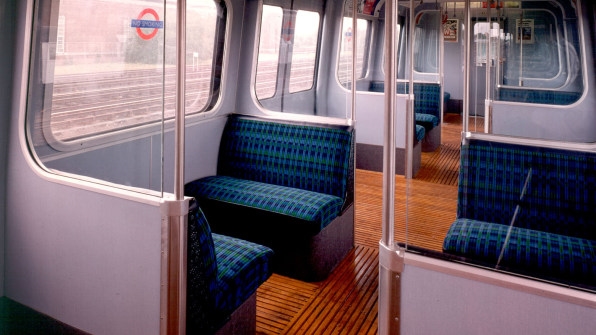
[Photo: courtesy Kirkby Design]
Moquette has been an integral part of the London Underground’s design aesthetic since it was first introduced in the 1930s, and in honor of this longstanding history, Kirkby Design displayed its new upholstery patterns in a static, original 1967 Victoria Line Underground carriage. “A visual identity for London’s public transport was created through textile design; hard-wearing and distinctively patterned fabrics have covered TfL’s seating for several decades,” Mould says. “Unique, rich color palettes and eye-catching designs, predominantly geometrics, helped create global recognition for the Underground.”
Now that the London Design Festival is over, Kirkby is working toward a May 2020 launch for the widely beloved textiles.
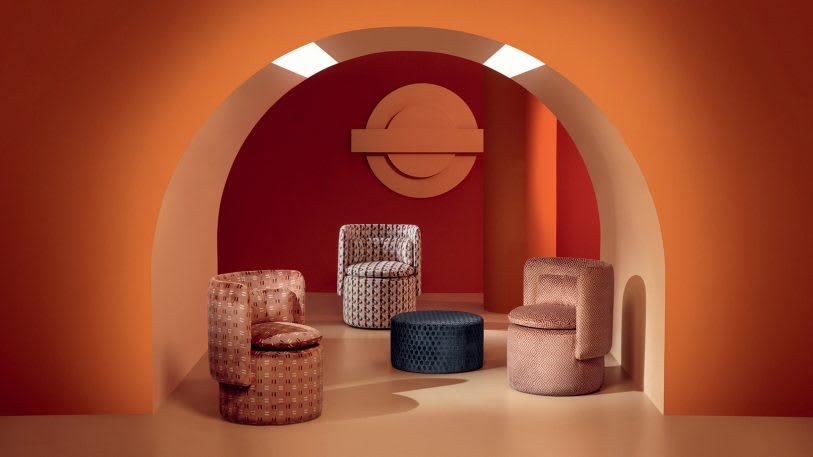
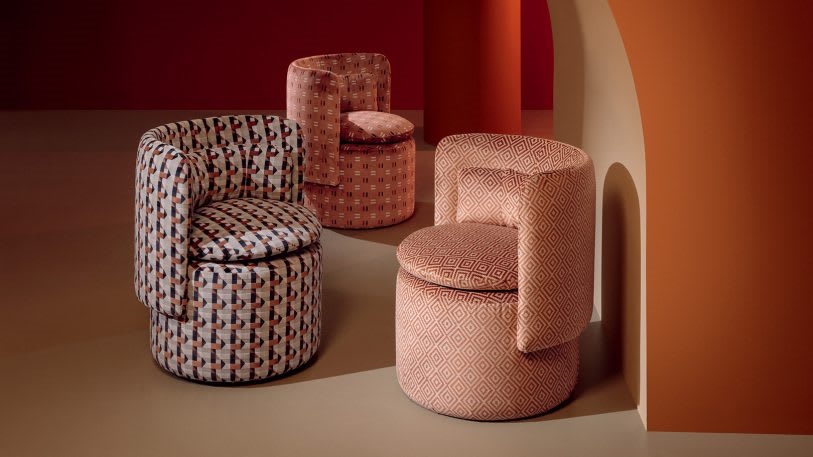
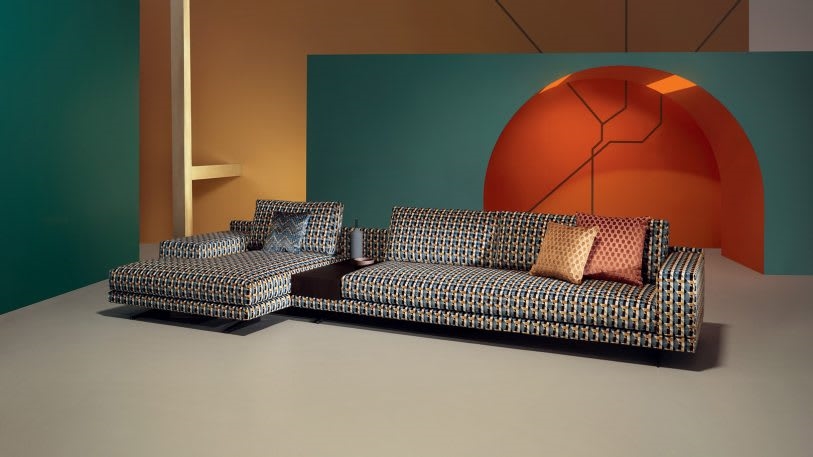
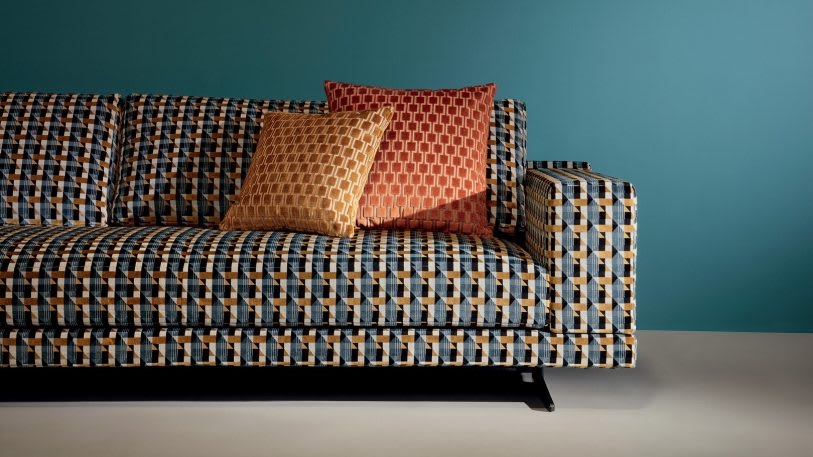
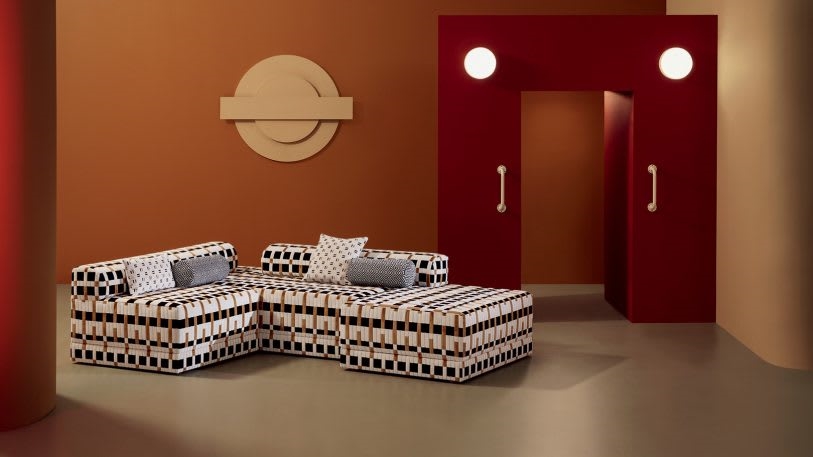
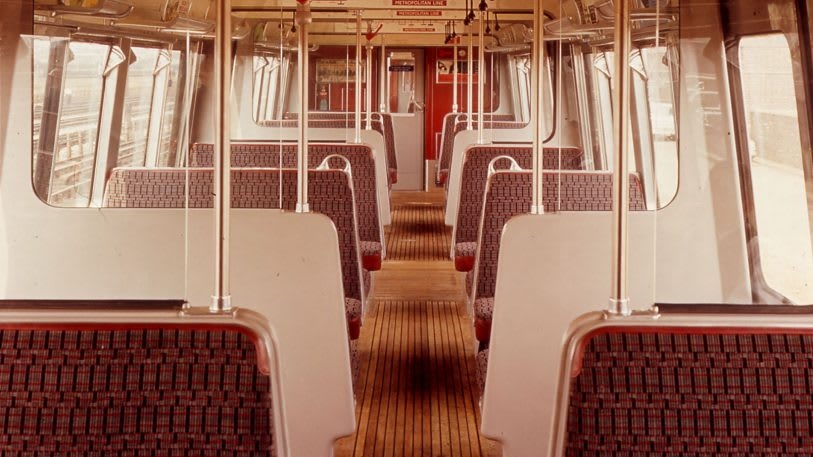
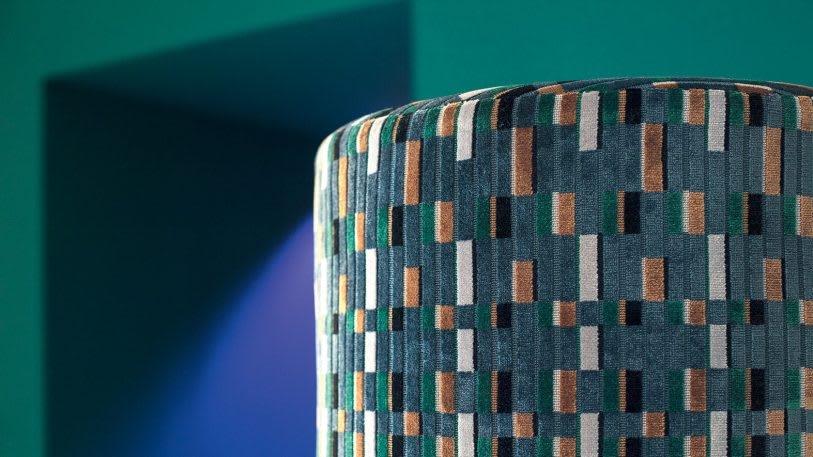
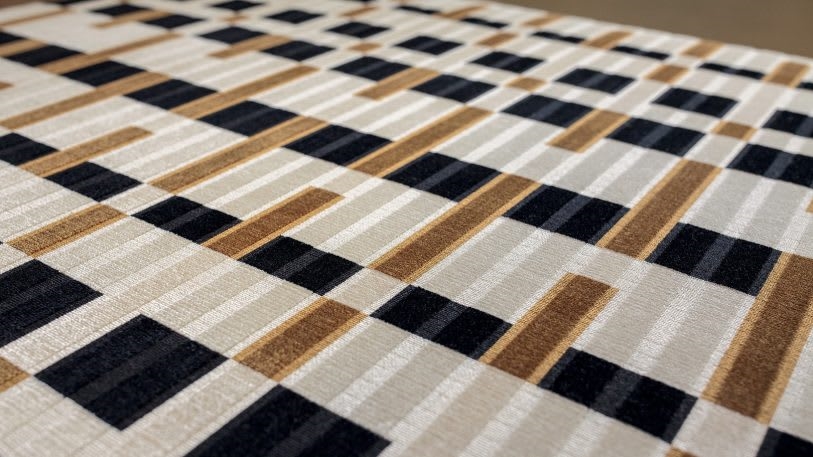
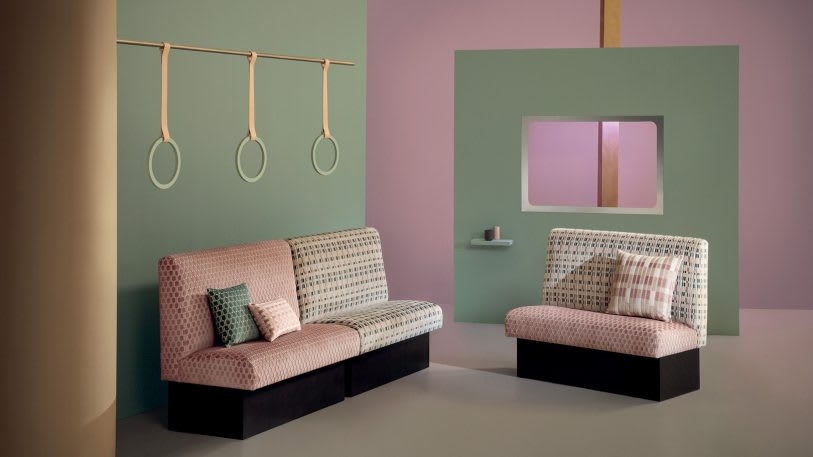
Fast Company , Read Full Story
(18)

